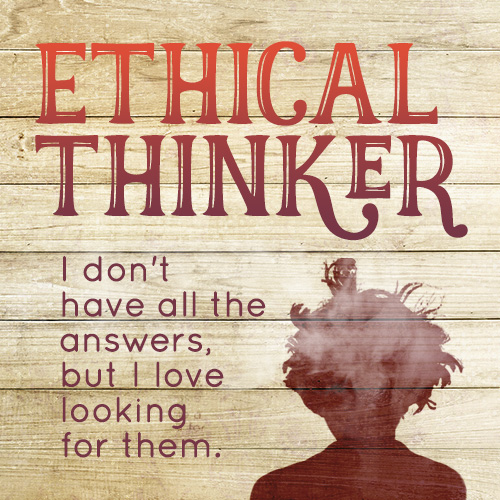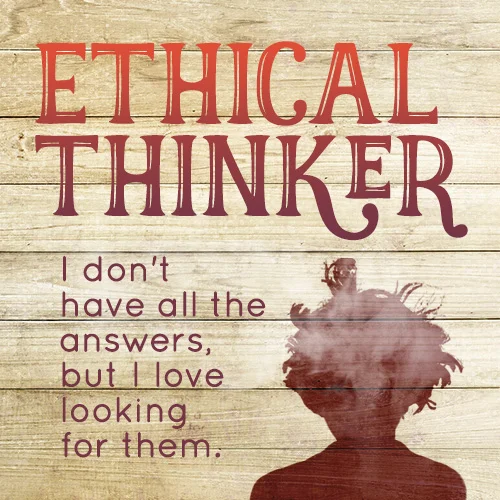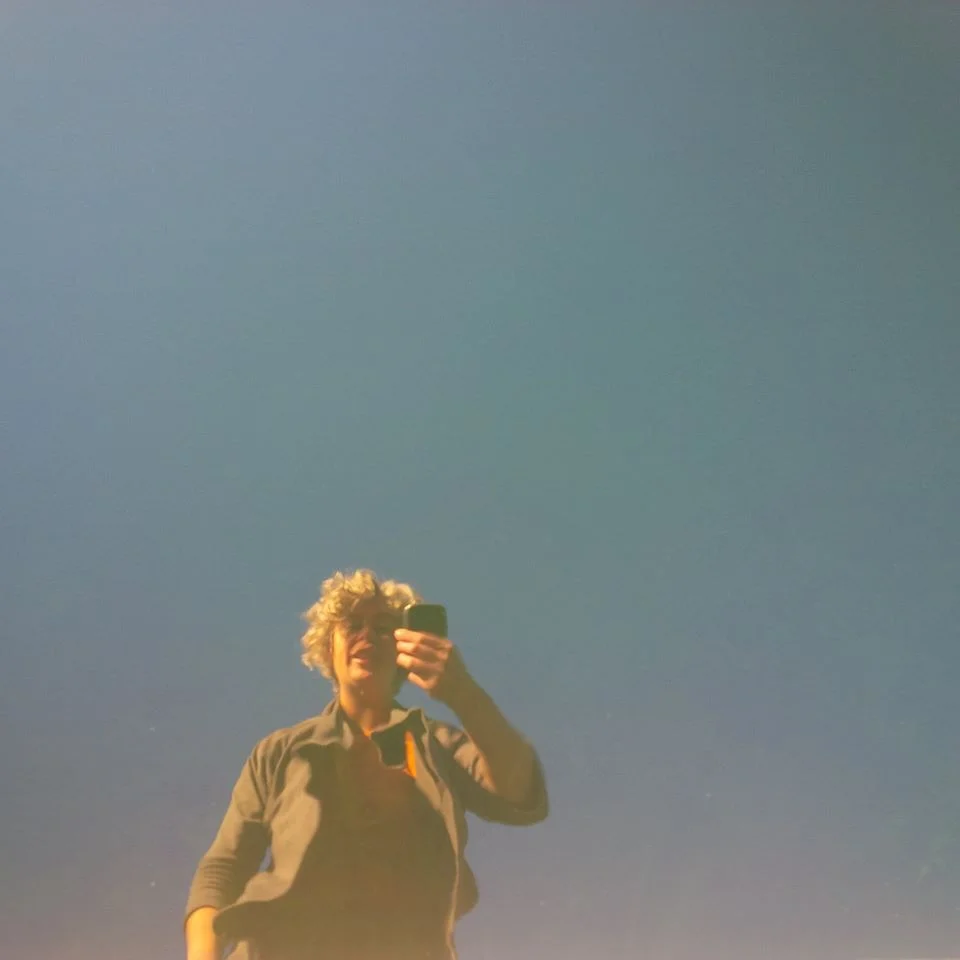I can't just look at the Grand Canyon
/Fifteen years ago, I went to the Grand Canyon. I joined my mother at a conference and we added a couple of days to the trip to explore the area. As I was researching our trip and planning activities, I asked my mom if she wanted to hike the canyon with me. For health reasons, she didn't feel like she would be able to do the hike. So we drove to the Grand Canyon, parked the car, walked to the edge and stood in amazement for a couple of minutes. Then we looked at each other, asked "have you seen enough?", and we kept driving, heading towards the California coast.
Three and a half hours of driving from Phoenix to 'ooh' and 'ah' for a couple of minutes. I stared at the Grand Canyon and it stared back at me.
I've never been a good lurker or audience member or gallery visitor. Other people will read a blog for years and never leave a comment. Or attend long concerts sitting silently in their seat. Or stand and stare at a beautiful painting for ten minutes pondering all aspects of its beauty. I love beautiful things, but I love them in passing as I participate in life. Music is nice while writing or working out. Art is fantastic in public spaces or on a dining room wall. Writing is great if it provokes and invites discussion.
Looking at the Grand Canyon wasn't enough for me. In the back of my mind, I knew that I had to go back. I had to conquer the canyon. So when I was planning to attend the Mom 2.0 conference in Phoenix this year, I could hear the Grand Canyon calling. I started training (on snowshoes!), prepared my gear and planned my route.
The Hike
I arrived at the Grand Canyon the day before my hike. I checked into my room at the Bright Angel Lodge and set out to walk part of the rim trail and watch the sun set. The sunset wasn't spectacular (too many clouds), but the walk and the fresh air was great. After dinner, I packed my gear for the next day and went to sleep.
The next morning, I got up just before 5:00am and got ready to go. I grabbed a coffee as soon as they opened at 5:30am and headed towards the South Kaibab trailhead (on foot to Yavapai Point and then by bus to the trailhead).
I left from the South Kaibab trailhead at 7:00am. Going down was harder than I thought. The rough terrain, the uneven steps down, the wind, and the steep dropoffs meant that I had to be slower and more focused than I planned. "I wonder how many people fall into the canyon and die?", I thought as I tried to grip the wall and avoid stepping in mule manure. I arrived at the Tipoff (the first bathroom on the hike and my turning point) two hours after I set off.
After a quick break, I set off west along the Tonto trail. The only other person I saw on the Tonto was a trail runner who left the Tipoff at the same time as I did. Yes, there are trail runners in the Grand Canyon! While I remained focused on not tripping and falling to my death, trail runners sped past me, running confidently down the narrow uneven paths. For a while, I could see the runner ahead of me on the Tonto, but eventually she disappeared. She was wearing short shorts and knee high socks. New running fashion, I wondered. But I soon discovered that the socks were likely protection against the prickly bushes and cacti that stick out into the very narrow trail.
It took me just under two hours on the Tonto before I reached Indian Gardens, my planned lunchtime resting spot. I found a picnic table under a big tree and got out my lunch. I ate my sandwich and chips, drank some juice, and was about to get ready to keep walking when the thunder started. A few rumbles turned into a downpour. So I stayed at Indian Gardens for a bit, where I could stay drier and less exposed than walking on the trail. After an hour of sitting, it was still raining but not as hard, so I continued on the trail.
The path from Indian Gardens to the Bright Angel trailhead is the most difficult part of the hike. It is all uphill, on a steeper incline at some parts than others. After an initial gradual slope, the trail turns into a zig zag, back and forth, up the side of the canyon. There are rest houses, bathrooms and water every 1.5 miles on this 4.5 mile uphill climb. I reached the trailhead at 3:10pm, two hours after I left Indian Gardens and just over six hours from the time I left the South Kaibab trailhead.
Hindsight and Dirtbag Cheerleaders
As you climb up the Bright Angel trail, you can almost always see where you came from.
The paths already climbed and the ever smaller size of the resthouses already passed give you a sense of accomplishment. Like in life, hindsight is 20/20, but most of the time you can only see a short distance ahead of you. You always have a vague sense that you need to reach the rim, which is visible way up in the sky, but the path to get there isn't clear. How many more times back and forth? You don't know, so you just keep going, one step at a time. Even as I turned the last curve, I was surprised to see the sign marking the end of the trail. I thought I had a while to go still.
I conquered the Grand Canyon. Looking wasn't enough for me. I needed to walk down and to carry myself back out. I needed to see the many different views and different perspectives. I needed to do that on my own strength with my own effort and at my own pace.
As I walked up, I was passed by several of those trail runners. One woman wearing a Dirtbag Runners hat said "you're doing a great job, that pack looks heavy" as she effortlessly sped past me. It sounded sincere, not condescending. It gave me a boost and helped me keep going. It also inspired me to compliment other hikers on their effort as I passed them by.
We're all at a different place in life, tackling different challenges, with different levels of ease. I think we could all use more Dirtbag Runner cheerleaders giving us a boost along the way. Maybe it would inspire more of us to do more than just look at the canyon.









